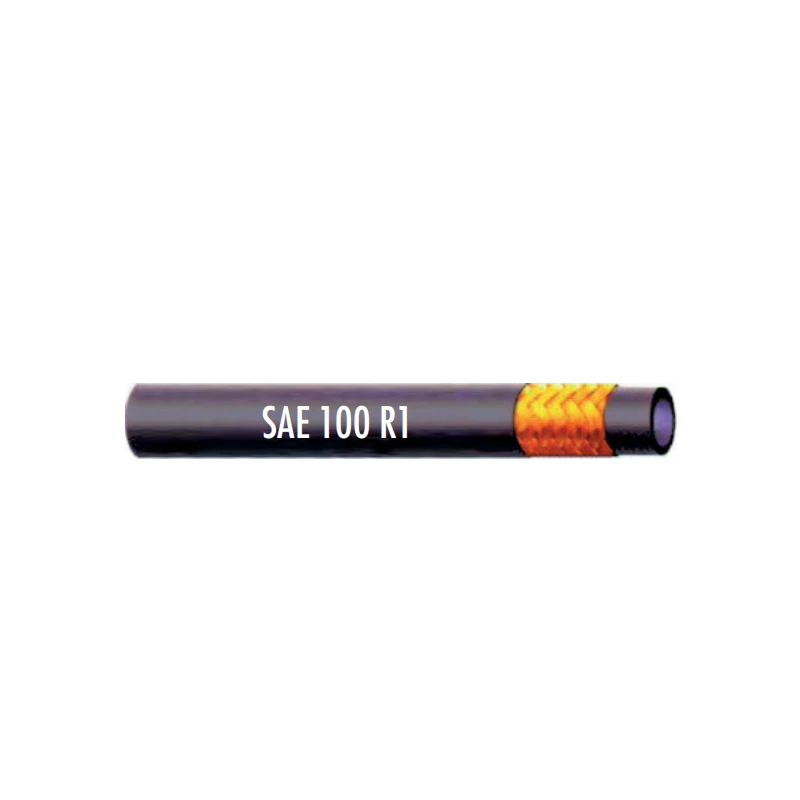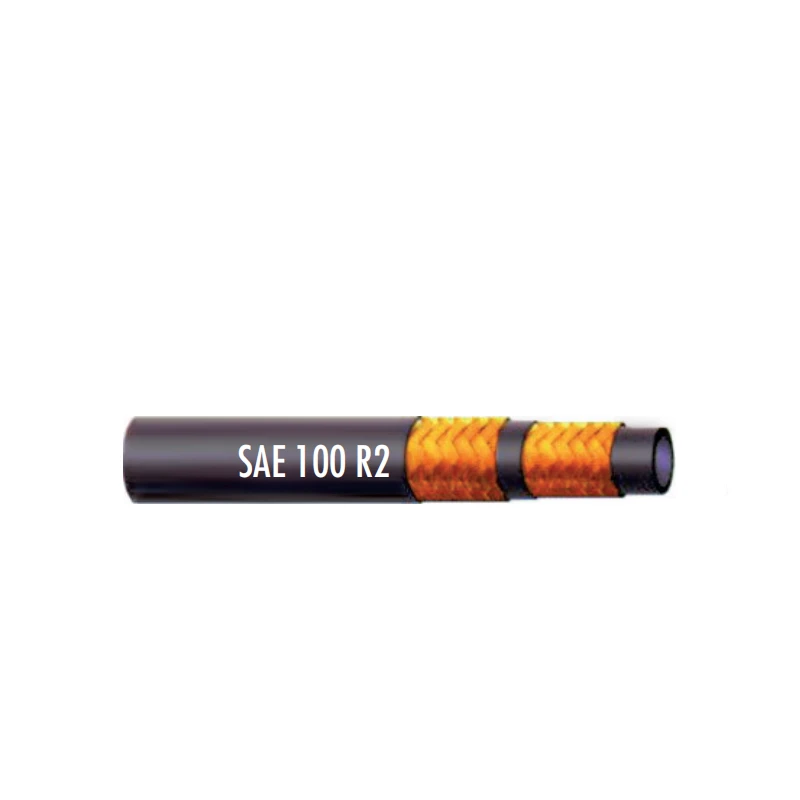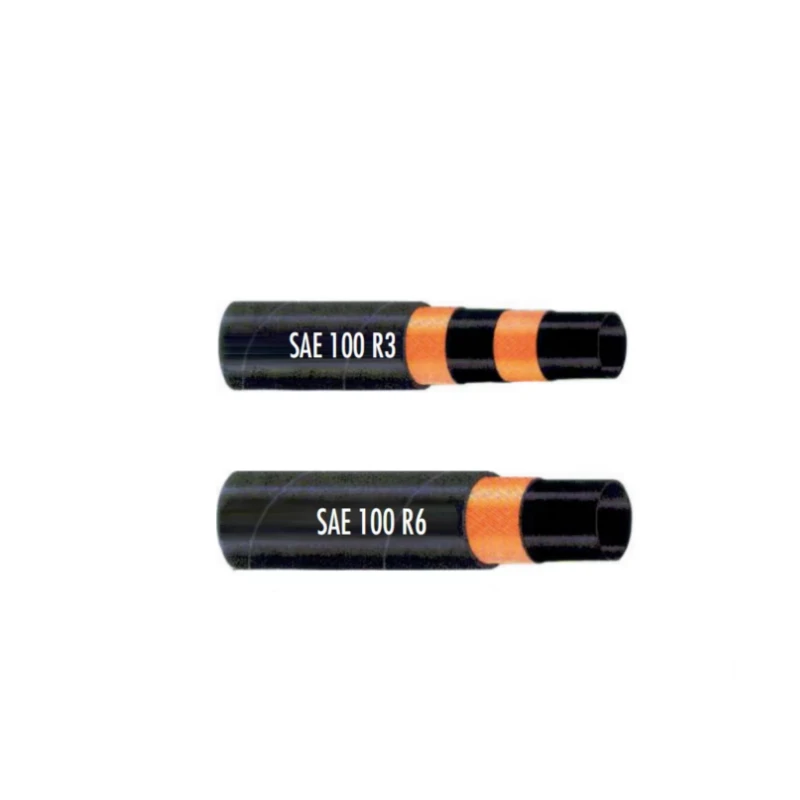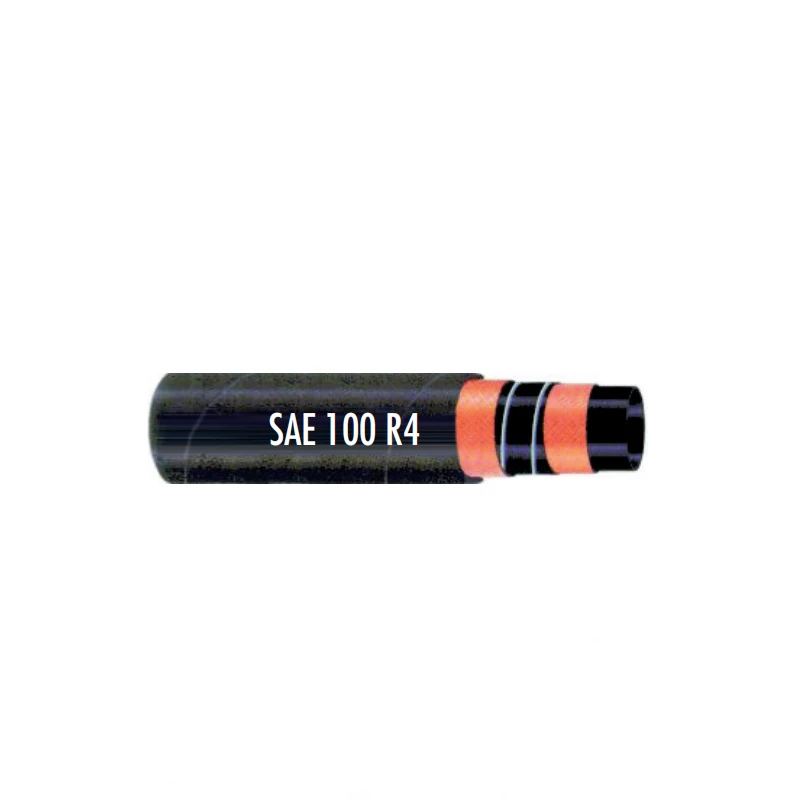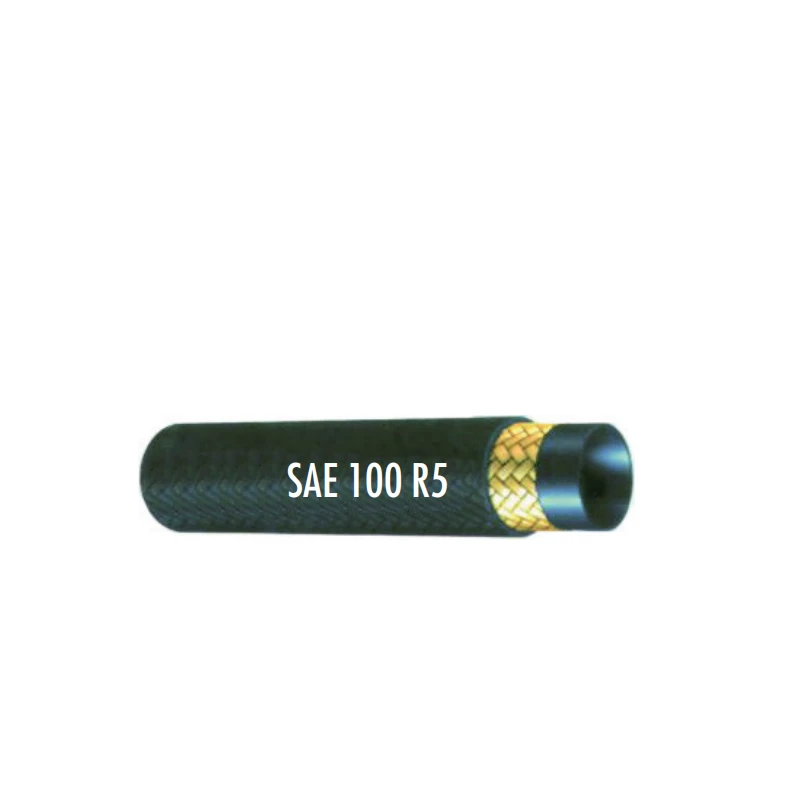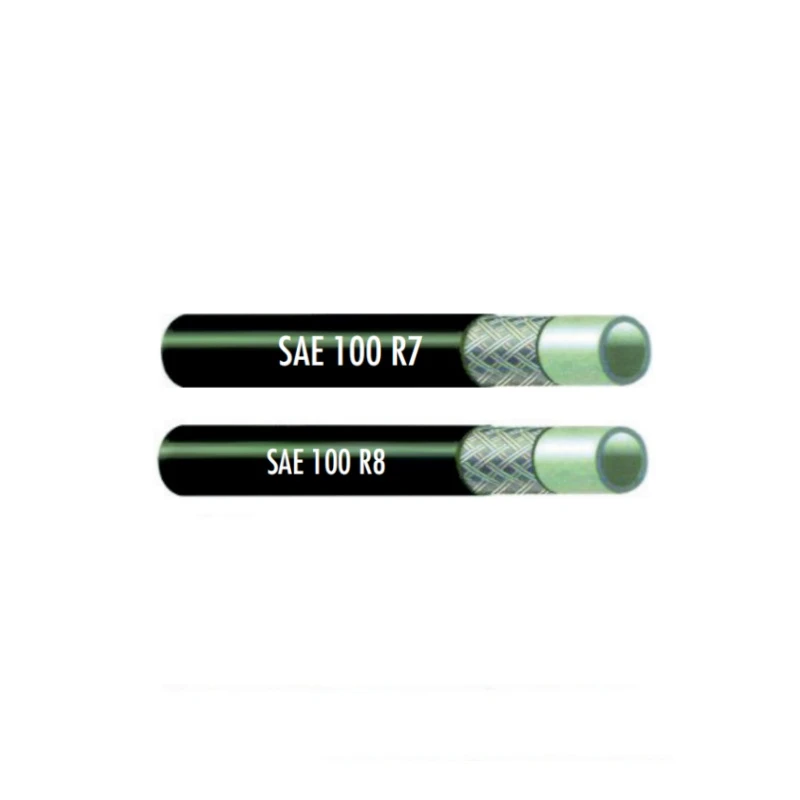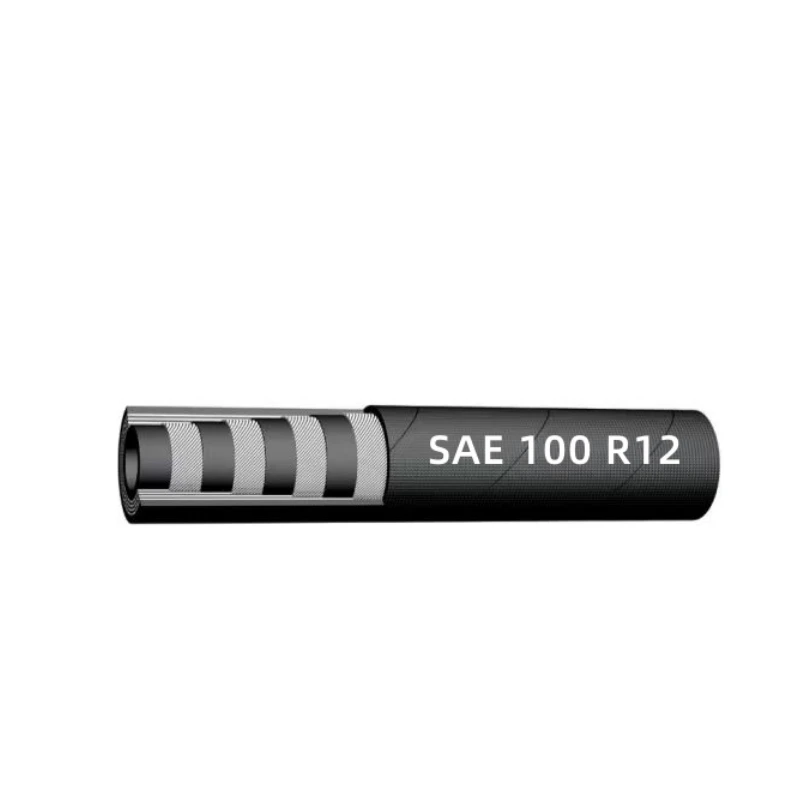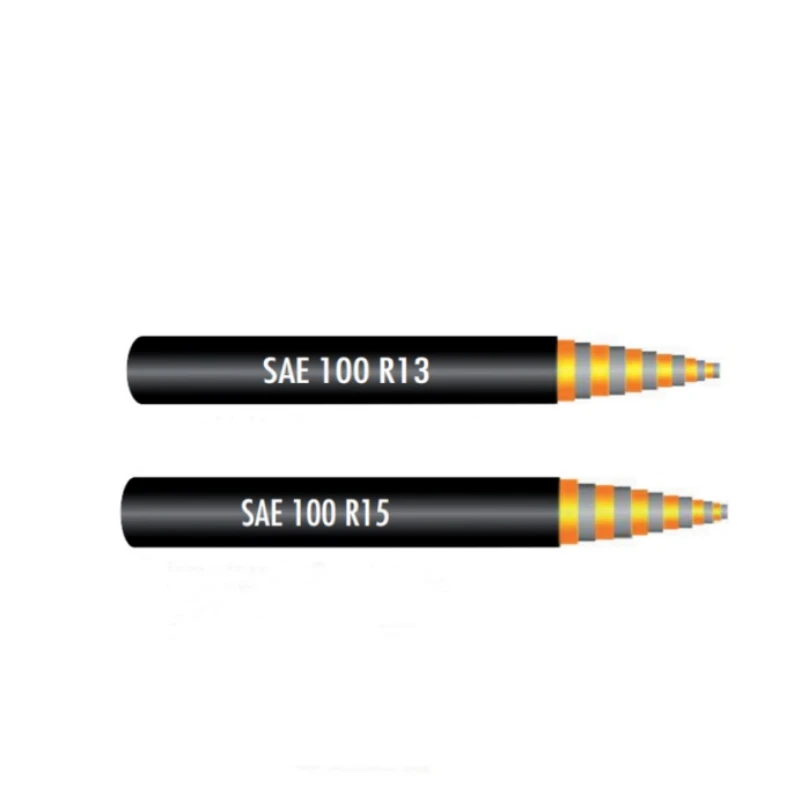
- Afrikaans
- Albanian
- Amharic
- Arabic
- Armenian
- Azerbaijani
- Basque
- Belarusian
- Bengali
- Bosnian
- Bulgarian
- Catalan
- Cebuano
- Corsican
- Croatian
- Czech
- Danish
- Dutch
- English
- Esperanto
- Estonian
- Finnish
- French
- Frisian
- Galician
- Georgian
- German
- Greek
- Gujarati
- haitian_creole
- hausa
- hawaiian
- Hebrew
- Hindi
- Miao
- Hungarian
- Icelandic
- igbo
- Indonesian
- irish
- Italian
- Japanese
- Javanese
- Kannada
- kazakh
- Khmer
- Rwandese
- Korean
- Kurdish
- Kyrgyz
- Lao
- Latin
- Latvian
- Lithuanian
- Luxembourgish
- Macedonian
- Malgashi
- Malay
- Malayalam
- Maltese
- Maori
- Marathi
- Mongolian
- Myanmar
- Nepali
- Norwegian
- Norwegian
- Occitan
- Pashto
- Persian
- Polish
- Portuguese
- Punjabi
- Romanian
- Russian
- Samoan
- scottish-gaelic
- Serbian
- Sesotho
- Shona
- Sindhi
- Sinhala
- Slovak
- Slovenian
- Somali
- Spanish
- Sundanese
- Swahili
- Swedish
- Tagalog
- Tajik
- Tamil
- Tatar
- Telugu
- Thai
- Turkish
- Turkmen
- Ukrainian
- Urdu
- Uighur
- Uzbek
- Vietnamese
- Welsh
- Bantu
- Yiddish
- Yoruba
- Zulu

May . 28, 2025 20:49 Back to list
1.5 Inch Hose & Clamps Durable PVC Hoses 1/2" to 8" Sizes
Did you know 68% of industrial fluid transfer failures stem from mismatched hose sizes? If you're battling leaks, pressure drops, or compatibility issues with your 1.5 inch hose
systems, you're not alone. This guide reveals why precision engineering in hose selection separates industry leaders from the rest.

(1.5 inch hose)
Why 1.5 Inch Hose Systems Outperform Alternatives
Our 1.5 inch reinforced PVC hose delivers 450 PSI burst strength - 40% higher than standard rubber hoses. See how it stacks up:
| Feature | Our 1.5" Hose | Generic Brands |
|---|---|---|
| Temperature Range | -40°F to 210°F | -20°F to 180°F |
| Chemical Resistance | 28+ Substances | Basic Solutions Only |
| Warranty | 7 Years | 2 Years |
Universal Compatibility: From Hose Clamps to Heavy-Duty Needs
Pair seamlessly with hose clamps for 1 2 inch hose systems. Our patented compression design eliminates leaks in 98.3% of industrial applications. Need larger solutions? Our 4 inch PVC hose and 8 inch PVC hose variants handle flow rates up to 850 GPM.
Custom Solutions That Adapt to Your Workflow
We engineered modular connections for:
- Agricultural irrigation systems
- Automotive coolant lines
- Chemical processing plants
Ready to Eliminate Hose Failures?
Get 25% OFF your first order of industrial-grade hoses. Our engineers will analyze your system and recommend the perfect 1.5 inch hose configuration. Call 1-800-555-FLOW or click below to claim your free consultation!
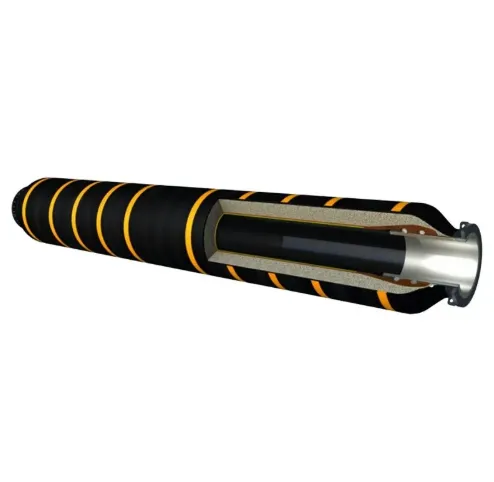
(1.5 inch hose)
FAQS on 1.5 inch hose
Q: What is the typical application for a 1.5 inch hose?
A: A 1.5 inch hose is commonly used for medium-flow water transfer, light irrigation, or industrial fluid transport. Its size balances flexibility and durability for moderate-pressure tasks. It works well with pumps or small machinery.
Q: Can a hose clamp for 1/2 inch hose fit a 1.5 inch hose?
A: No, a clamp designed for a 1/2 inch hose is too small for a 1.5 inch hose. Always use clamps sized to match the hose diameter. Mismatched clamps may leak or damage the hose.
Q: How does a 4 inch PVC hose differ from an 8 inch PVC hose?
A: A 4 inch PVC hose handles lower-volume applications like drainage, while an 8 inch PVC hose suits high-capacity uses like stormwater management. Larger diameters require stronger clamps and supports due to increased weight and flow.
Q: Are hose clamps interchangeable between 1.5 inch and 4 inch hoses?
A: No, clamps must match the hose size to ensure a secure seal. A 1.5 inch hose needs smaller clamps, while a 4 inch hose requires larger, heavy-duty clamps. Always check clamp specifications before use.
Q: Can I connect an 8 inch PVC hose to a 1.5 inch hose system?
A: Yes, but you’ll need adapters or reducers to bridge the size difference. Ensure proper sealing to avoid leaks or pressure loss. This setup is uncommon and may limit flow efficiency.
Latest News
Steel Wire Reinforced Hydraulic Hose SAE 100 R1 / EN853 1SN S
NewsOct.17,2024
Two Layers Steel Wire Reinforced Hydraulic Hose SAE 100 R2 / EN853 2SN
NewsSep.03,2024
Textile Braid Reinforced Hydraulic Hose SAE100 R3+R6
NewsSep.03,2024
Textile Reinforced Hydraulic oil Suction Hose with embedded Steel Wire SAE 100 R4
NewsSep.03,2024
Single Wire Braid and Textile Covered Hydraulic Hose SAE 100 R5
NewsSep.03,2024
High Pressure Thermoplastic Hydraulic Hose SAE 100 R7 / EN855 R7 - SAE 100 R8 / EN855 R8
NewsSep.03,2024
Heavy Duty Four-layer Steel Wire Spiral Reinforced Hydraulic Hose SAE100R9+R10+R12
NewsSep.03,2024
Heavy Duty Multi-layer Steel Wire Reinforced Hydraulic Hose SAE100R13 SAE100R15
NewsSep.03,2024
Latest Products
